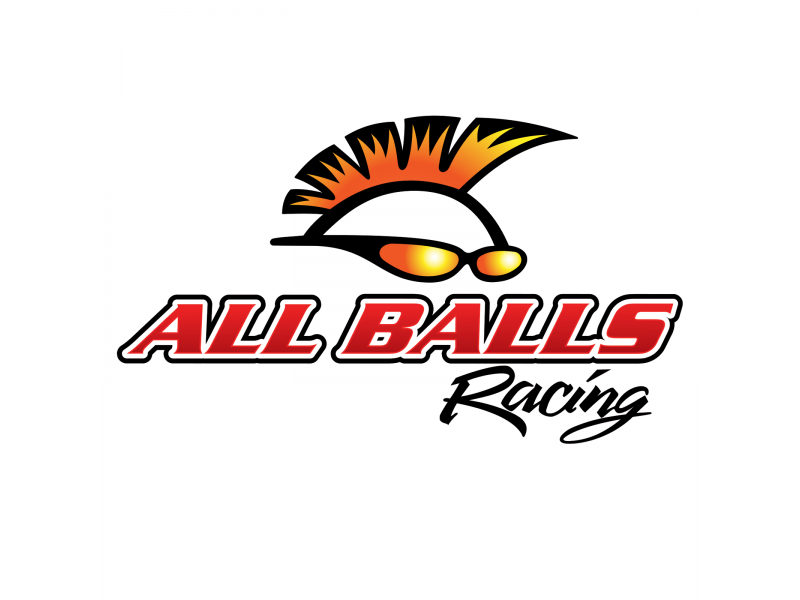1. Bearing Removal
Use a long punch (should have a good edge)
Remove any Circlips or retainers. Insert the punch into the wheel and catch the edge of the bearing on the other side. Using a hammer, hit the punch and work around the entire circumference of the bearing.
The bearing and seal will eventually be pushed out of the wheel hub. The second bearing can be removed using a punch, a long socket or other suitable driver.
Note: The bearings will be damaged during the removal process and should not be reused. The hammer blows transmit their impact through the balls causing small flat spots, which will cause the bearing to
quickly fail if reused.
2. Inspection
- Inner Spacer: Check the bore to make certain it is clean and the axle easily passes through it. Check each end for wear and burrs. The edges must be square to seat properly against the new bearings. If the old bearings failed it is a good idea to confirm that the center spacer has not been damaged. Make sure
the inner space is the same length or slightly longer than the bearing stops in the hub or carrier. - Wheel Hub: Clean the hub, removing any dirt and corrosion. Make certain not to remove metal. This will adversely affect bearing fit.
Outer Wheel Spacers: Clean the outer wheel spacers and inspect them for wear on either end as well as wear on the outer surface where it makes contact with the seal. If the spacers are excessively worn they should be replaced.
3. Bearing Installation
- Note 1: Improper installation can cause bearing damage and dramatically reducing bearing life.
- Note 2: Heating the wheel hub will cause the hub to expand slightly and will make
bearing installation easier.
Follow the simple rules below to successful bearing installation:
1. Apply pressure ONLY to the outer race of the bearing.
2. Apply pressure evenly so the bearing remains square to the wheel hub.
3. Seat the first bearing fully.
4. Remember to place the inner spacer between the bearings.
5. Tap the second bearing in until the inner race just touches the center spacer. See fig 1 Fully seating the second bearing may cause both bearings to become side-loaded causing premature failure. See fig 2
6. If the center spacer is loose after the second bearing is installed this may be a sign that the center spacer is too short and needs to be replaced or the second bearing needs to be taped in further.
A loose or worn center spacer can cause the bearing to be side-loaded in the opposite direction after the axel is torqued down. See fig 3




Leave a Reply